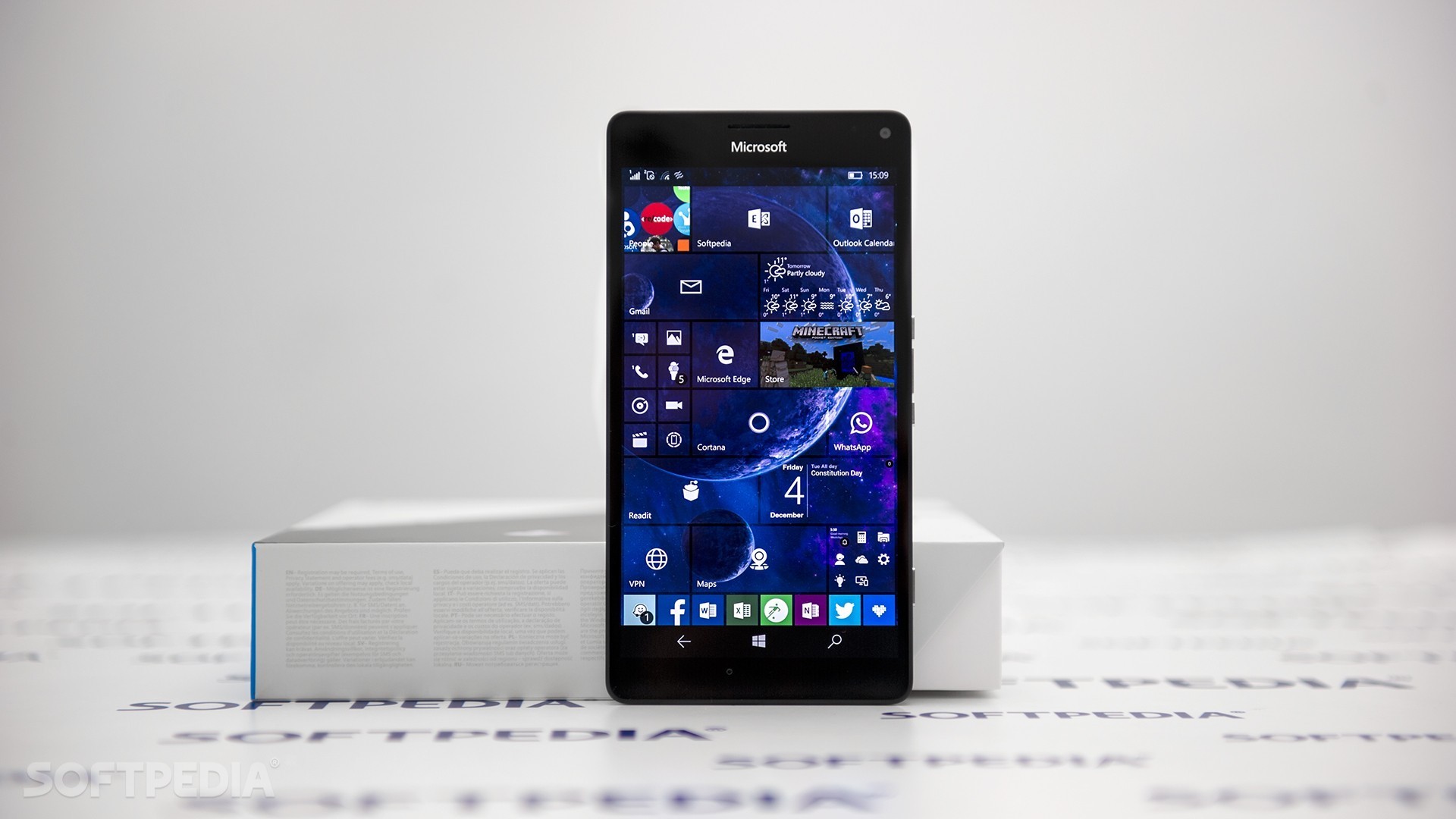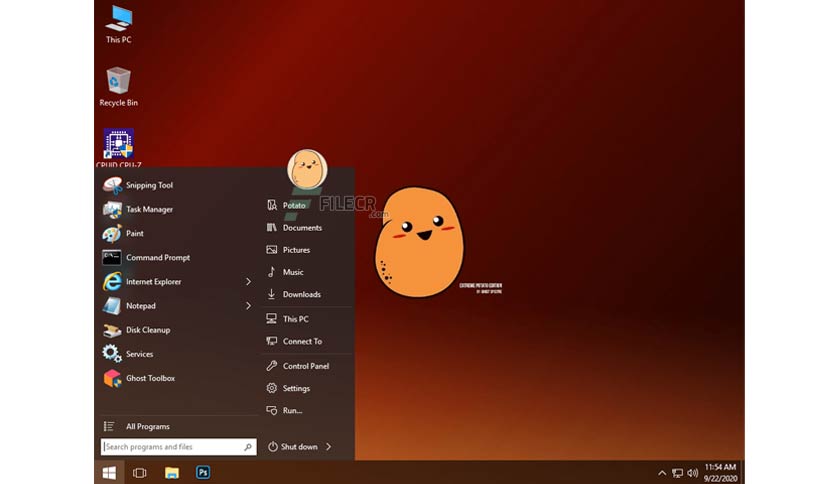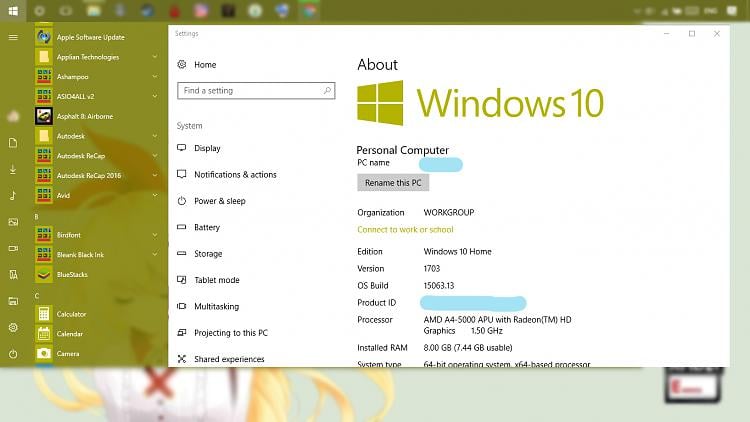

I haven't seen any distinction as to whether pausing updates pauses the download of the update, or just the installation of it. With this said, something just dawned on me. One doesn't have to wait the 35 days, but can pause them and then choose to perform the updates at any time within that time period. I think the idea of it being 35 days is because most data capped services have 30 day data allotments. When I brought up the fact that just about every single article written on the ability to pause updates references the 35 day amount and that their 7 day claim was spurious, I never recevied a reply. I've never been close enough in my data use and allotment to need to worry about I did just that, and, oddly enough, someone from Microsoft said it was strange that my laptop was showing 35 days as they should all show 7 days. I've never used the ability to set my laptop to a metered connection with WiFi, nor have I done so with the new ability to do the same with my desktop and a direct LAN connection.


In the end, though, like I said, I'll probably never use that ability, anyway.

I wonder if the difference between the allowable days to pause is due to the one being OEM and the other being retail. My desktop (built by me), on the other hand, started with a retail version of Windows 7 Pro, then upgraded with a retail version of Windows 8 Pro, then the free upgrades from that. All of them were done with the free upgrades. My laptop (a Dell) originally had Windows 8 Pro OEM preloaded and was upgraded to Windows 8.1 Pro, then Windows 10 Pro and then to the present version of Windows 10 Pro. It was only a question of curiosity as to why one of my computers would show a different ability than the other when they have the exact same version of Windows 10. With that said, and with the initial question asked, I doubt that I will ever use the ability to pause my updates. Guess I should have searched a little more thoroughly.


 0 kommentar(er)
0 kommentar(er)
